The CommWell Framework in practice: How to implement to measure community well-being
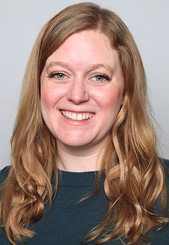
The Community Well-Being and Mining Framework (Comm-Well Framework) is a participatory process for discussing, defining, measuring and analyzing community well-being. The data, dialogue and decisions about community well-being generated by the framework act as a catalyst for various stakeholders to plan and coordinate community development initiatives in the mining context.
This article is the last in a three-part series about the framework available at www.canadianminingjournal.com. The first two parts provide an overall summary of the framework and a look at the benefits of using this approach. This part provides more details on the process and how to implement the framework. (For a detailed guidance note that covers the various steps to implementing the CommWell Framework, visit www.DevonshireInitiative.org.)
The CommWell Framework is designed to be a flexible process that focuses on community participation. The framework has four main phases with an initial phase 0 for planning and getting organized.
Phase 0. Pre-planning and analysis phase
This type of initiative requires an initial person (or organization) to champion it and introduce the concept to the different stakeholder groups that will be included in other phases. (These should include community representatives, civil society organizations, other companies working in the area, and local and regional governments.) This person is called the “Broker.” The Broker identifies the various organizations that could be included and finds a catalyst for the framework. A catalyst could be a regional planning process, a new development program, an environmental social impact assessment (ESIA) or simply the desire for better data, dialogue and decisions about community well-being. You don’t want to reinvent the wheel, so make sure to consider building off current initiatives or forums. The Broker should map out the various relationships and dynamics between stakeholders and how economic, social and environmental data is currently collected. The Broker could do this alone, but it’s always a great opportunity to start building collaboration with other groups. A great example of this is in West Africa where, two Canadian NGOs, World University Service of Canada (WUSC) and the Centre for International Studies and Cooperation (CECI), have been working with local communities in three regions of Burkina Faso, Ghana and Guinea impacted by extractive industries. The NGOs (the brokers) saw an opportunity to pilot CommWell as part of a much bigger development initiative that acted as the catalyst (WAGES).
Phase 1. Establishing dialogue and governance
In this phase, the Broker sets up a forum for different groups to get involved in the CommWell process. This includes introducing the initiative to various stakeholders and establishing a governance and dialogue system which might include a steering committee. Stakeholders should include groups from various sectors including non-profit organizations, companies working in the region, governments and community groups. The people who represent these stakeholders should also be diverse, including men and women, youth and elders, people from various religions and ethnicities (for example). A wide variety of people and stakeholders will bring important perspectives to the planning phase and make sure that the framework is a meaningful forum for building relationships and tracking well-being. This may also be the appropriate time to bring in a third-party ‘implementer’ to help facilitate the process. The most important thing to remember in this phase is that communication and transparency are key to building openness and alignment.
Phase 2. Co-create indicators
Now it’s time to collectively determine what the CommWell Framework is going to measure, specifically which indicators will be used in the data collection process. To do this, the ‘implementer’ needs to design and facilitate community dialogue sessions. The trick is to encourage participants to think about holistic well-being in the long term, not only immediate benefits and impacts. After those sessions, the results can be translated into actual indicator lists which can then be validated with stakeholders. These indicators could align with a specific vision of the community, the Sustainable Development Goals (SDG) and/or various impacts identified in the project ESIA. They can also be a great opportunity to encourage cumulative assessments of well-being. (You can find a sample list of indicators at www.devonshireinitiative.org.)
Phase 3. Data collection
This phase is where the rubber hits the road and data is collected. Data collection can happen semi-annually or annually and take place over many years. Data collection should be disaggregated by sex, race, ethnicity, age, etc. to ensure that the initiative can drive diverse policy and program decisions. During the collection phase, it’s important to consider aligning with other initiatives such as census, stakeholder perception surveys or grassroots studies. This is because you don’t want to waste resources or contribute to stakeholder fatigue. It is also important to provide regular updates to all stakeholders and ensure data collection and management is understood and agreed to by stakeholders. In communities near the Tasiast mine in Mauritania, Kinross Gold has conducted detailed socioeconomic and perception surveys every three to five years with independent experts. The surveys cover a wide range of social, economic, and environmental metrics, including metrics from CommWell version 1.0. The company was able to align the data with relevant SDG sub-goals which made it easier to communicate with a broader audience. Data related to SDG 1 reveals that poverty levels in the local community, measured by daily expenditure per capita, have declined from 28% in 2011 to 6% in 2017. This shows progress related to SDG target 1.2: reducing the proportion of people living in poverty by at least 50% by 2030.
Phase 4. Results and data
In Phase 4, the data is analyzed and reported to the framework participants and other relevant stakeholders. Again, transparency and clarity is key to ensure that everyone trusts the results. It’s also important that the data doesn’t ‘collect dust.’ Stakeholders need to use the data to inform decision making and planning related to community well-being. To do this, a good facilitator needs to help identify the main findings and provide context for the users. This was done effectively as part of the WAGES project in Ghana where a multi-stakeholder working group oversaw the implementation of the CommWell Framework. A mining company and the regional government where able to align their development work with the communities’ priorities based on the indicators and definition of well-being that came out of the framework discussion. This led to the construction of a community market, the revival of communal labour, the construction of gutters, and access to loans for some female traders. CMJ
Carolyn Burns is executive director of the Devonshire Initiative, a multi-stakeholder forum focused on improving development outcomes in the mining context.
To learn more about the CommWell Framework, visit www.devonshireinitiative.org and check out the Guidance Notes. The notes are not meant to be a blueprint, but to provide some parameters for how the framework can be implemented and ultimately owned by community stakeholders.
CAROLYN BURNS is executive director of the Devonshire Initiative, a multi-stakeholder forum
focused on improving development outcomes in the mining context.
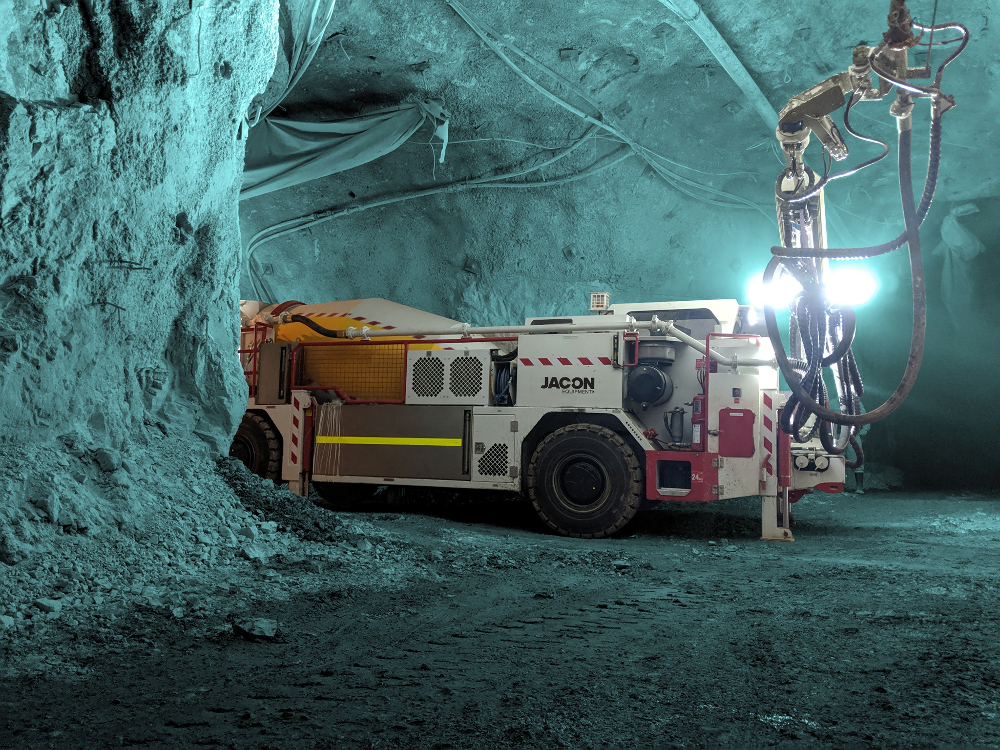
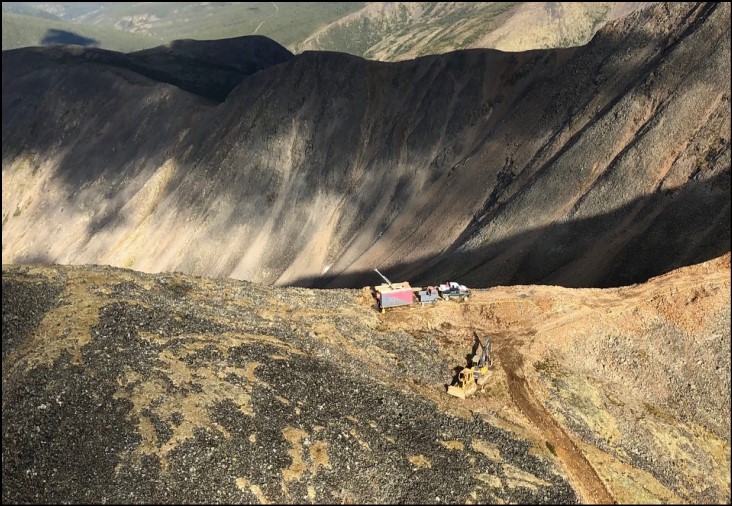
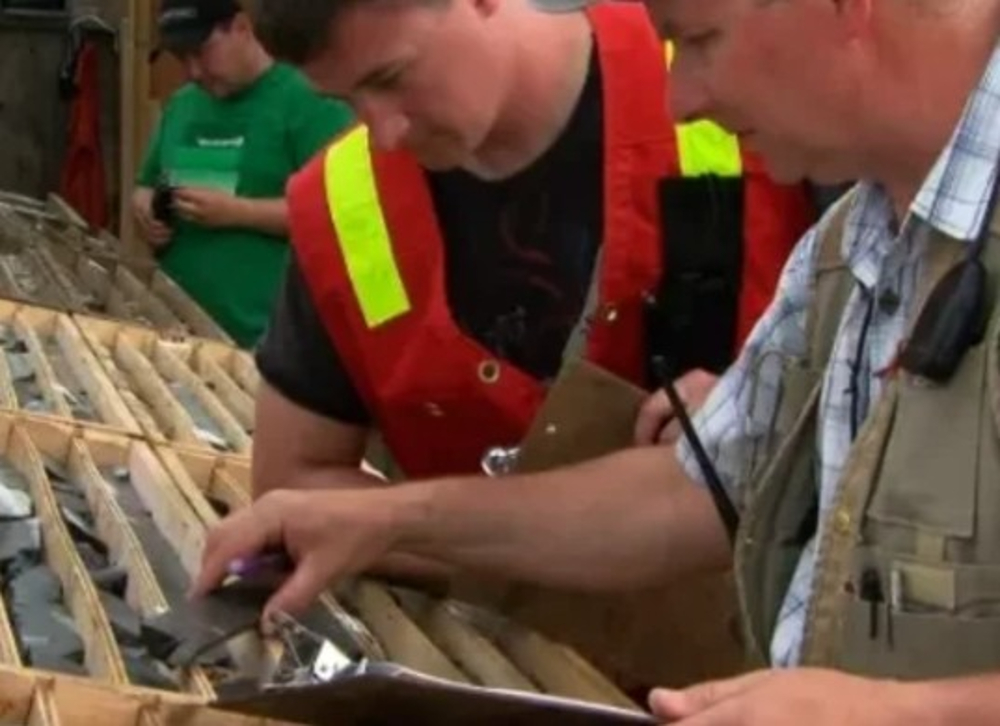
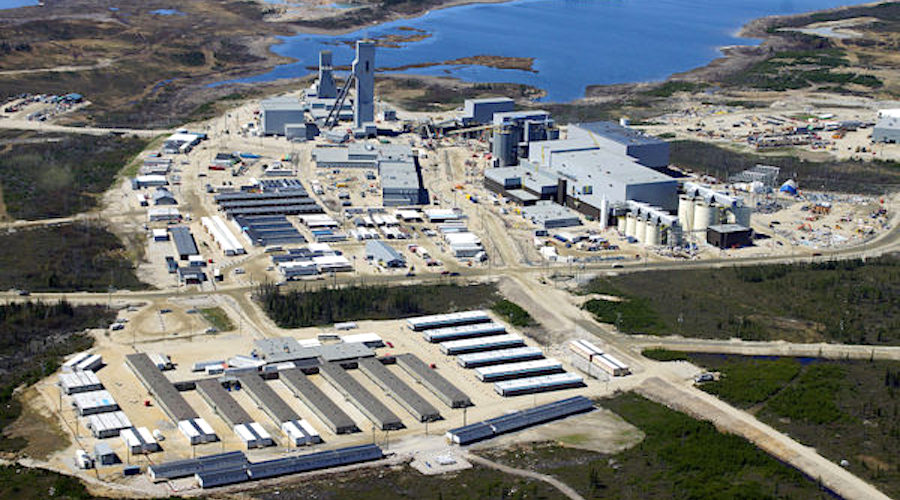
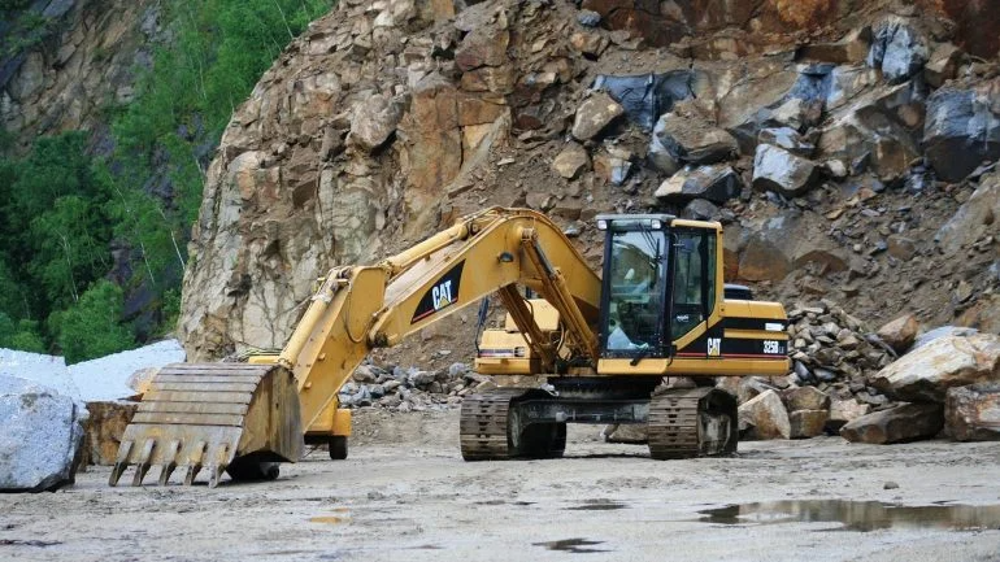
Comments